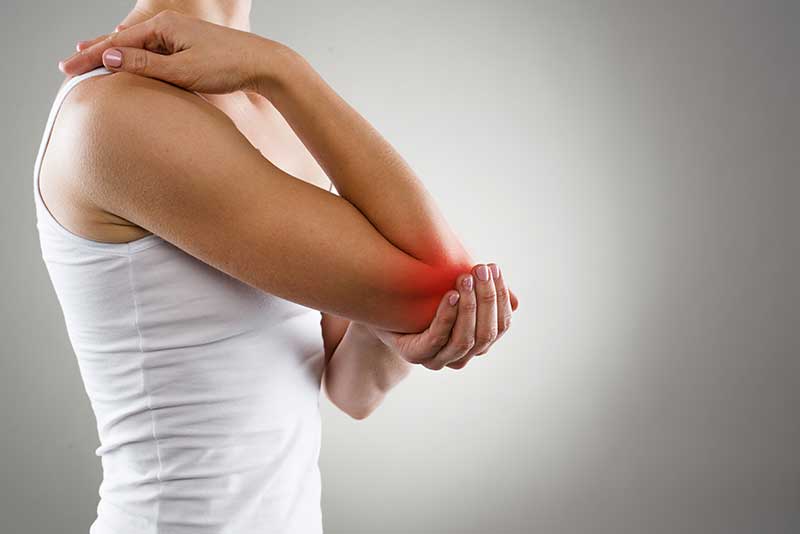Understanding Joint Pain: Causes Beyond Arthritis
Joint pain is a common issue that can affect various parts of the body, including the feet, hips, knees, spine, and shoulders. It often presents as sensations such as burning, throbbing, or stiffness in the joints, and can make even simple tasks seem challenging. In addition to arthritis, which is frequently associated with joint pain, there are several other conditions that can contribute to joint discomfort. Understanding these different causes is essential for effective treatment and management.
Common Causes of Joint Pain Other Than Arthritis
While arthritis is a well-known cause of joint pain, it is not the only condition that can lead to these symptoms. Here are some other potential causes of joint pain:
1. Bursitis
Bursitis occurs when the bursae, which are small, fluid-filled sacs that cushion the joints, become inflamed. This inflammation can result from repetitive motions or prolonged pressure on the joints, leading to pain in areas such as the hip, knee, elbow, and shoulder. The pain from bursitis often feels sharp and may worsen with movement.
2. Tendinitis
Tendinitis is the inflammation of tendons, the connective tissues that link muscles to bones. When tendons become inflamed, they can cause pain around the affected joints. This condition is commonly seen in the tendons of the shoulder, elbow, wrists, knee, and heel. Tendinitis can result from overuse, intense physical activity, or sudden injuries.
3. Avascular Necrosis
Avascular necrosis is a serious bone condition caused by the loss of blood supply to the bone tissue. This loss of blood flow leads to bone damage and can eventually cause the bone to collapse. This condition often affects the hip joint and is more common in individuals between the ages of 30 and 60. Over time, the bone undergoes microscopic fractures, which can lead to significant pain and joint dysfunction.
4. Age-Related Joint Pain
As people age, their joints and surrounding muscles naturally weaken and become more susceptible to pain. The aging process causes the cartilage to deteriorate and the bones to become more fragile, which can lead to increased joint discomfort. Age-related joint pain can affect various joints and may become more pronounced with time.
5. Weight-Related Joint Pain
Excess weight puts extra strain on the joints, especially those in the knees, ankles, and hips. Carrying additional body weight increases the pressure on these joints, which can lead to pain and discomfort. Maintaining a healthy weight is important for joint health and can help reduce the risk of joint pain.
The Importance of Addressing Joint Pain
Joint pain should not be ignored, as it can be a sign of more serious underlying issues. If joint pain persists, it is important to seek medical advice to prevent potential long-term complications. Early diagnosis and treatment can often manage or alleviate joint pain through physical therapy and targeted exercises.
If joint pain continues despite initial treatments or physical therapy, your doctor may suggest further interventions, including the possibility of surgery if necessary.
Conclusion
Joint pain can arise from a variety of causes beyond arthritis. Identifying the specific cause of your joint pain is essential for effective treatment and management. Always consult with your doctor or a healthcare professional before making significant decisions about your health. They can offer personalized recommendations based on your medical history and current health status.
Note: If you have any health-related concerns, please call us at +91-9058577992 to receive a free consultation from our experienced doctors. Thank you.
